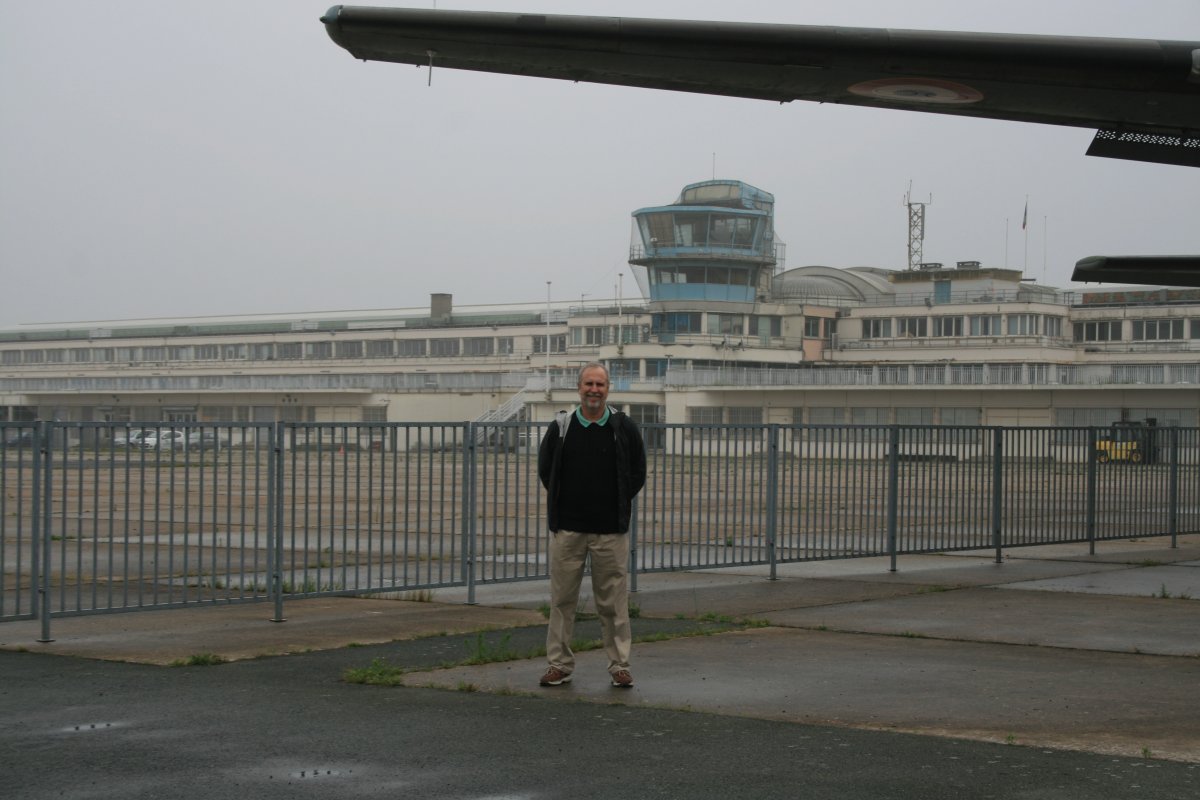France June, 2016 - Musee Air & Space at Le Bourget
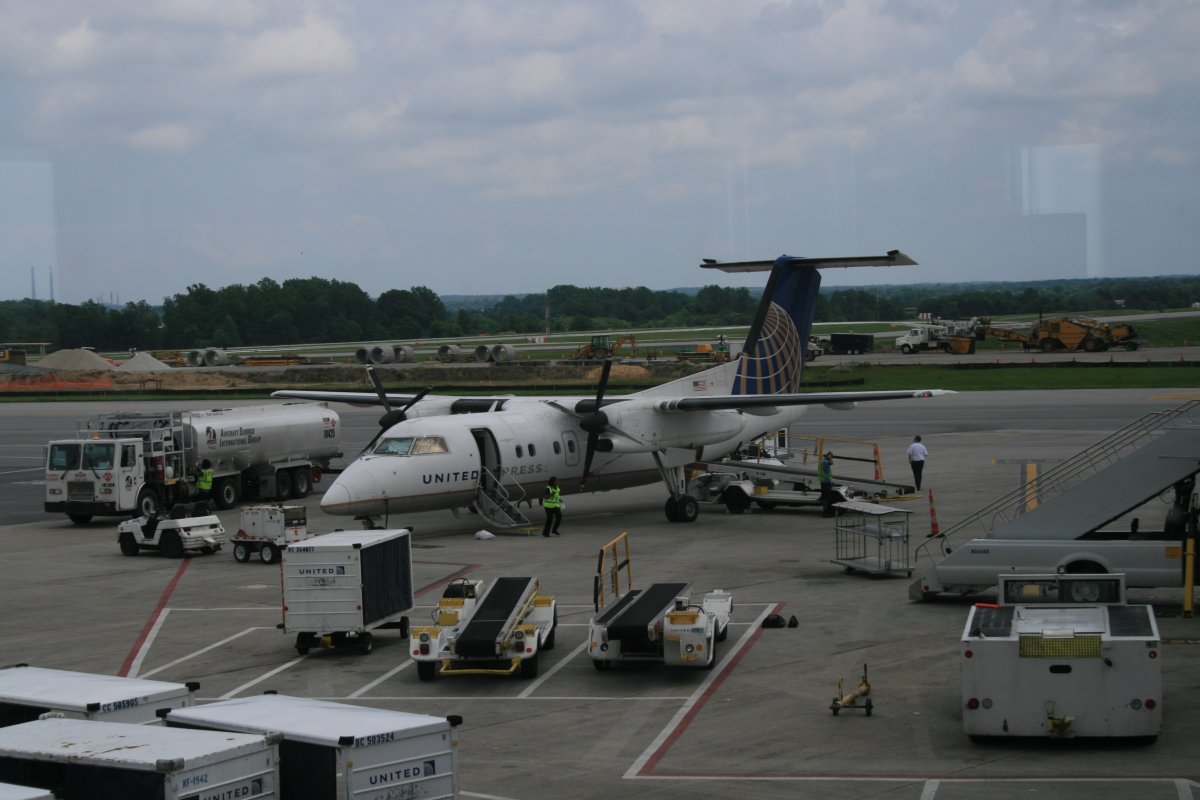
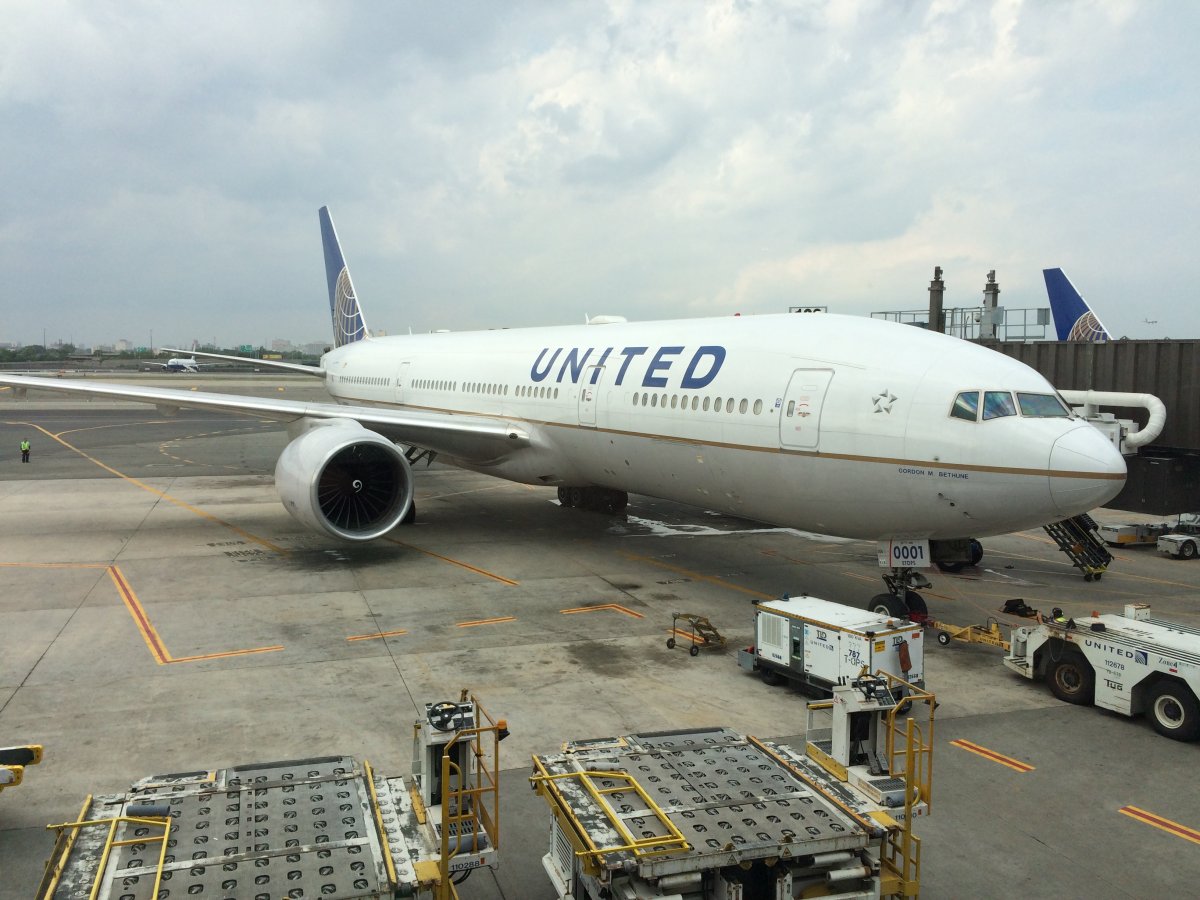
As we approached the coast of France, a cloud layer appeared below. We flew over it, then descended into it as we approached Paris and Charles De Gaulle Airport. I was sitting in a window seat near the back of the airplane. The clouds were so thick I couldn't see the wing! Then all of a sudden we broke out and there was the runway. I doubt we were 50 feet above the runway when we broke out. Amazing.
We went through customs and immigration, picked up our rental car, and hit the road. First stop: The Musee Air Espace (France Air and Space Museum) just down the road at Le Bourget airport. Yes, we arrive in France and the first thing we do is go to an airplane museum! In my defense, we were right there and it was just convenience, not that I wanted to see it first. Le Bourget was where Charles Lindbergh landed in the Spirit of St. Louis back in 1929.
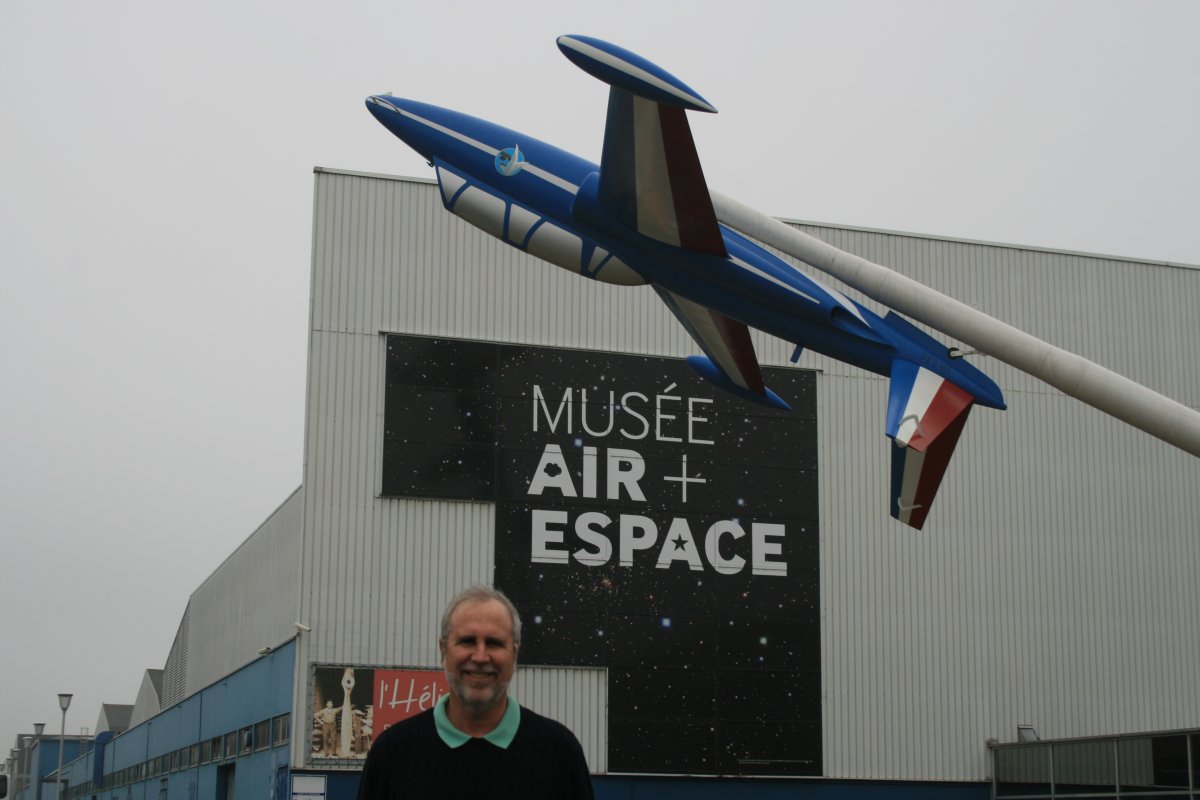
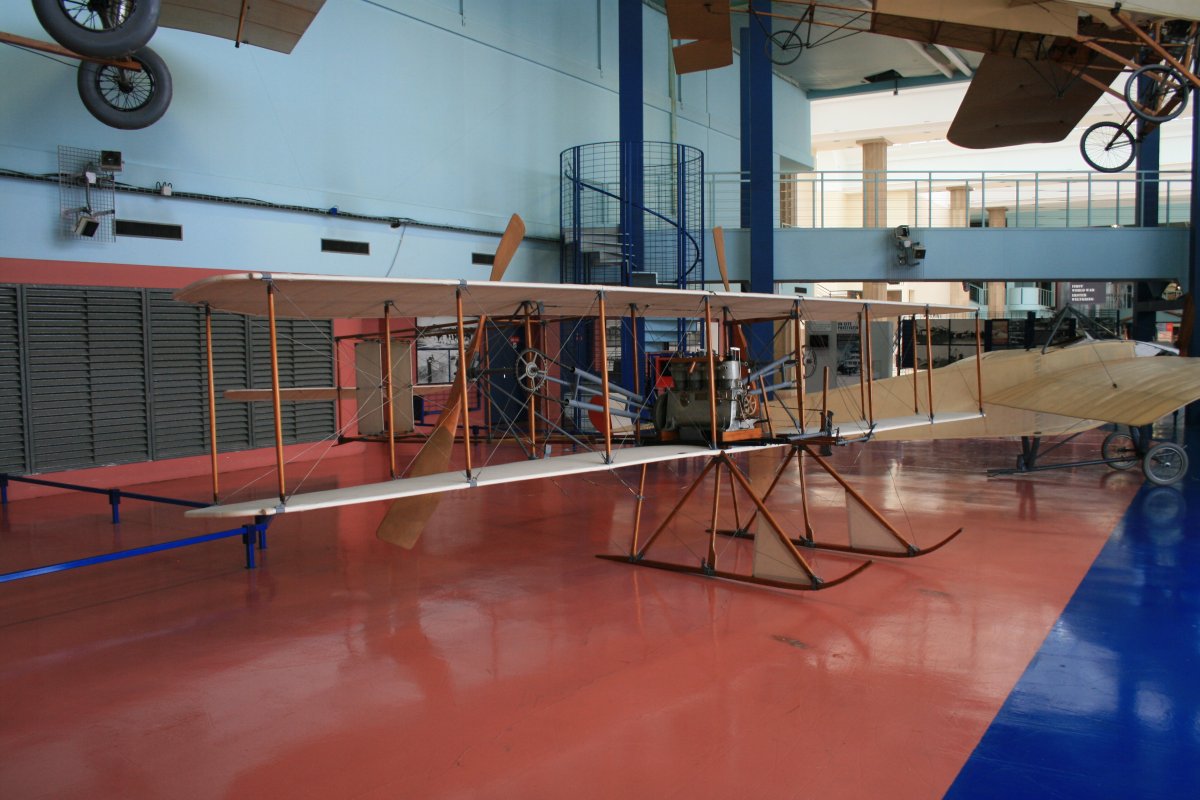
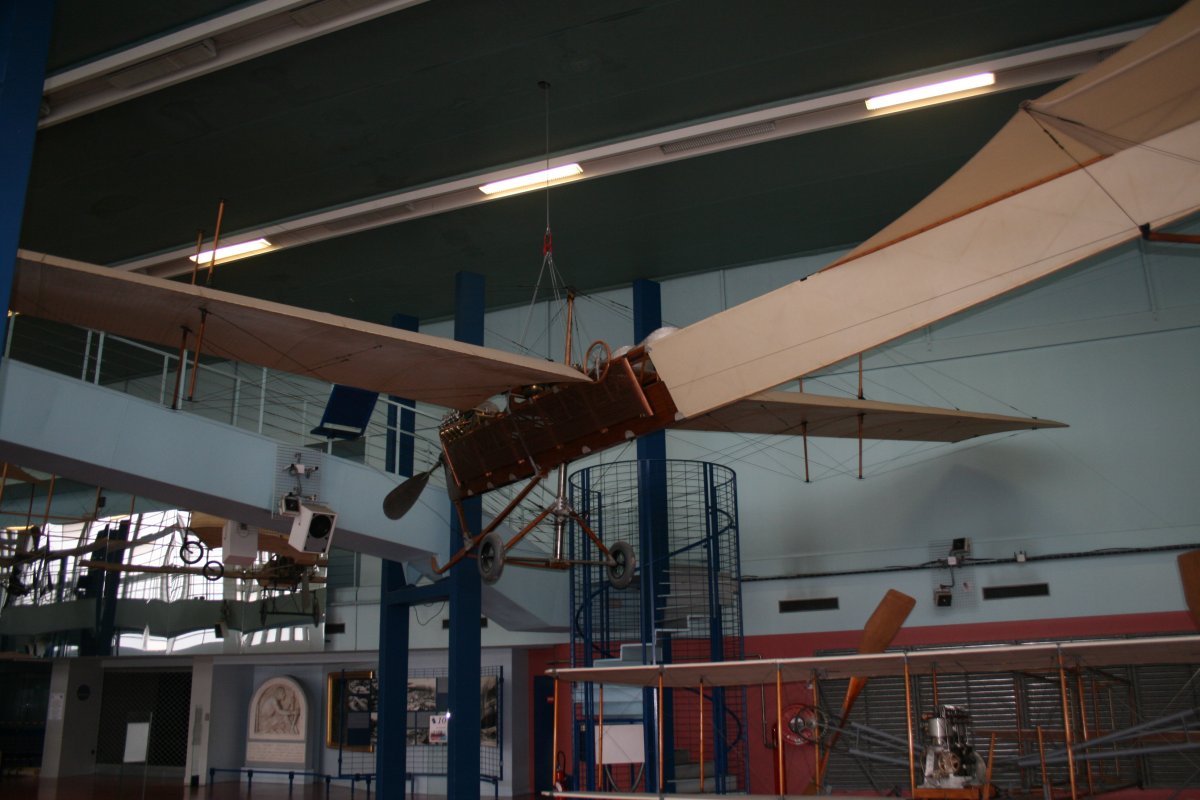

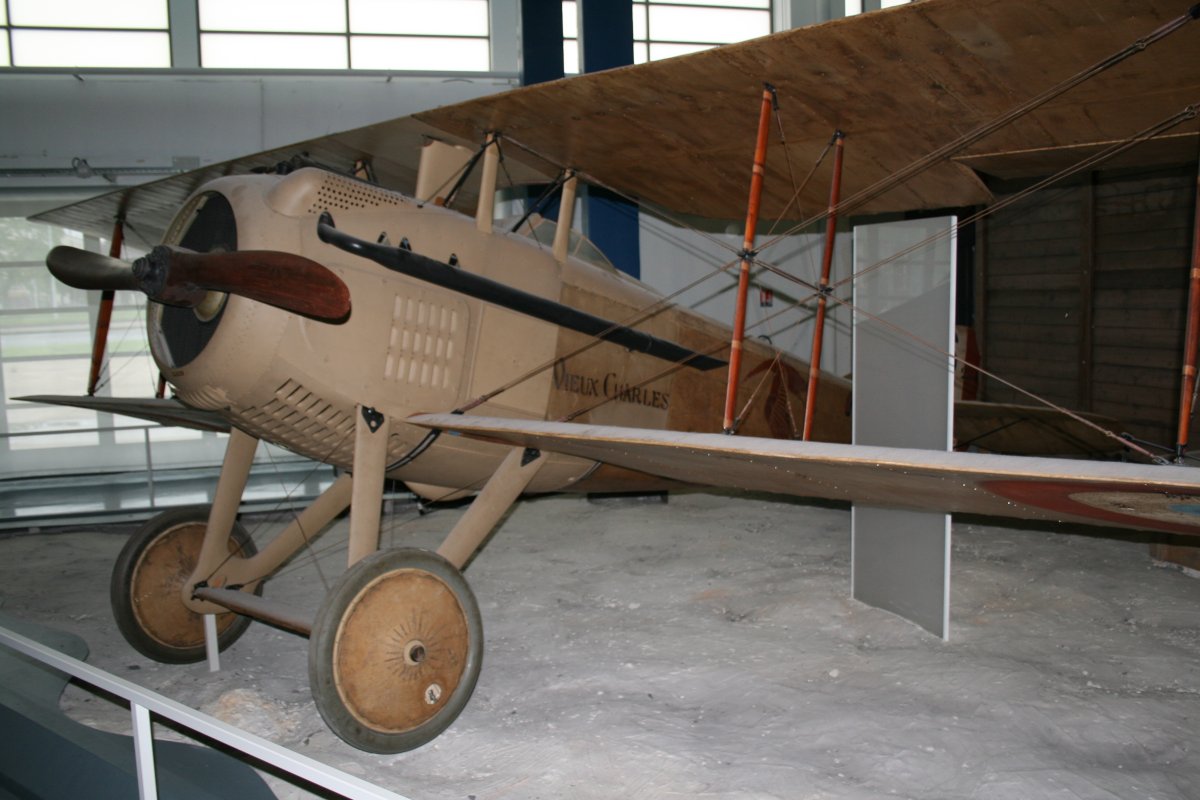
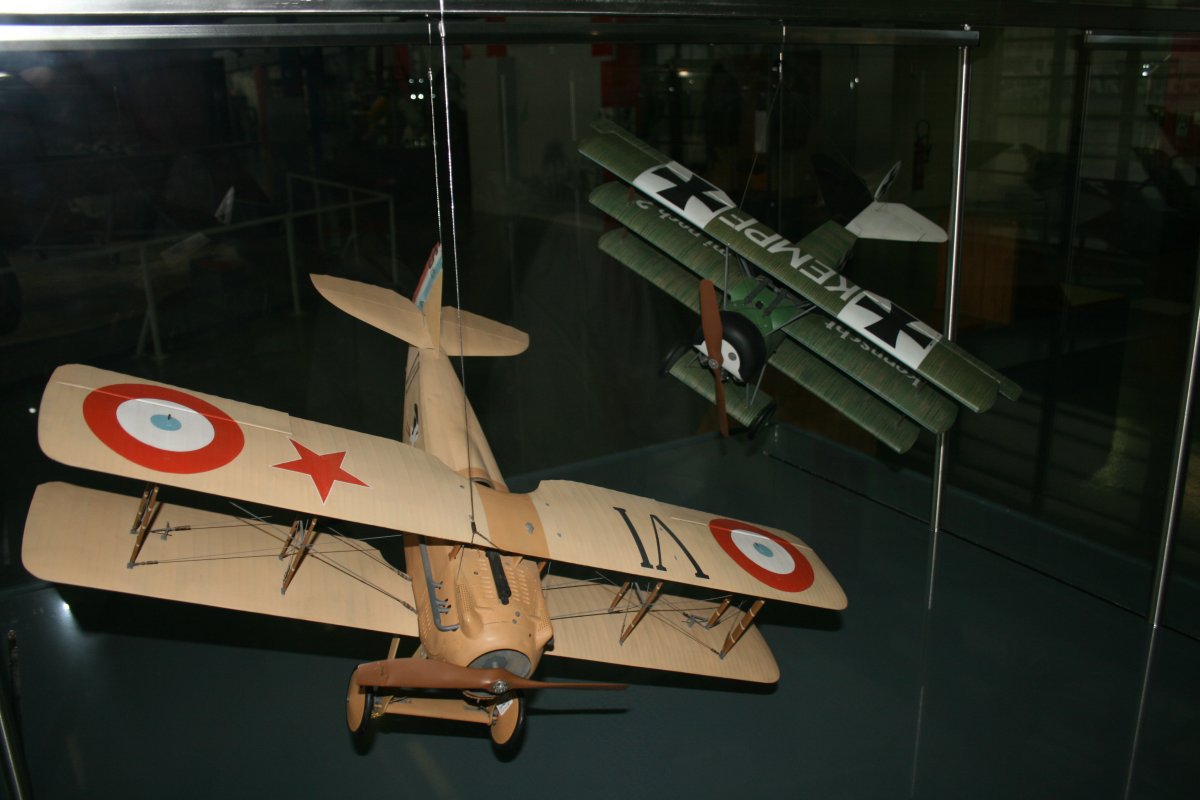
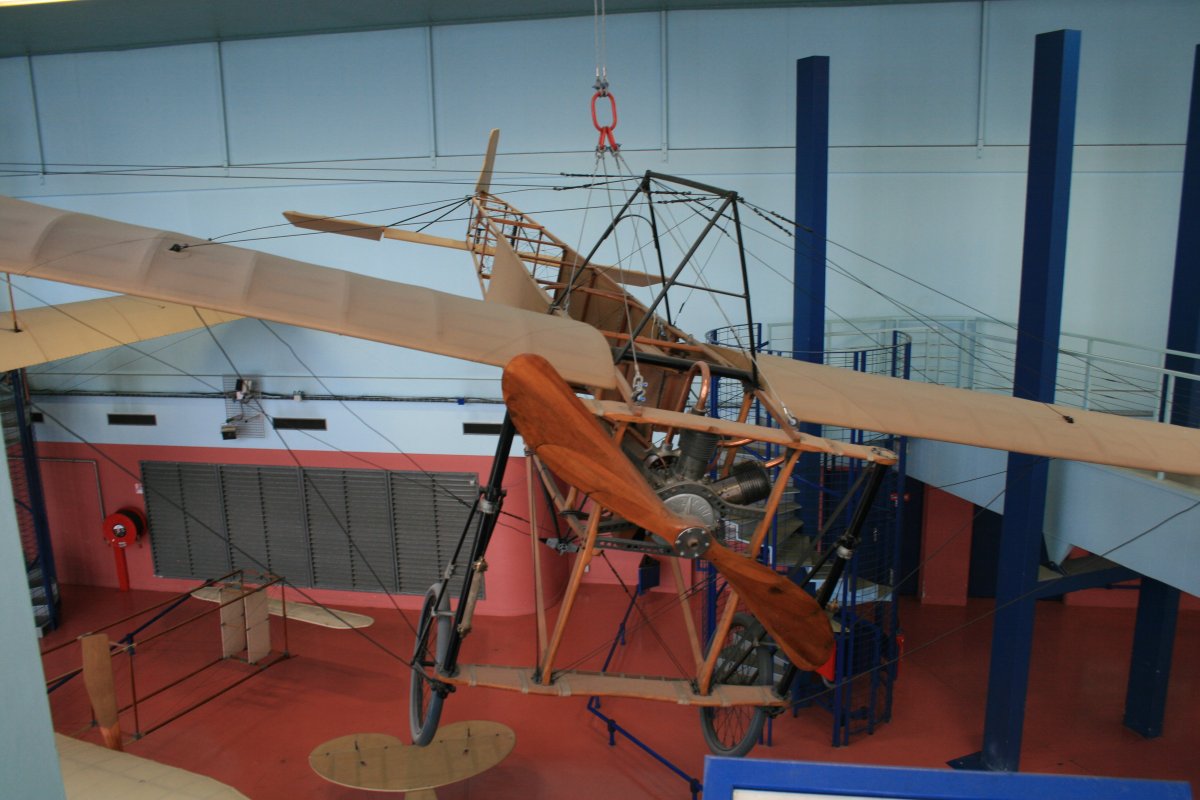
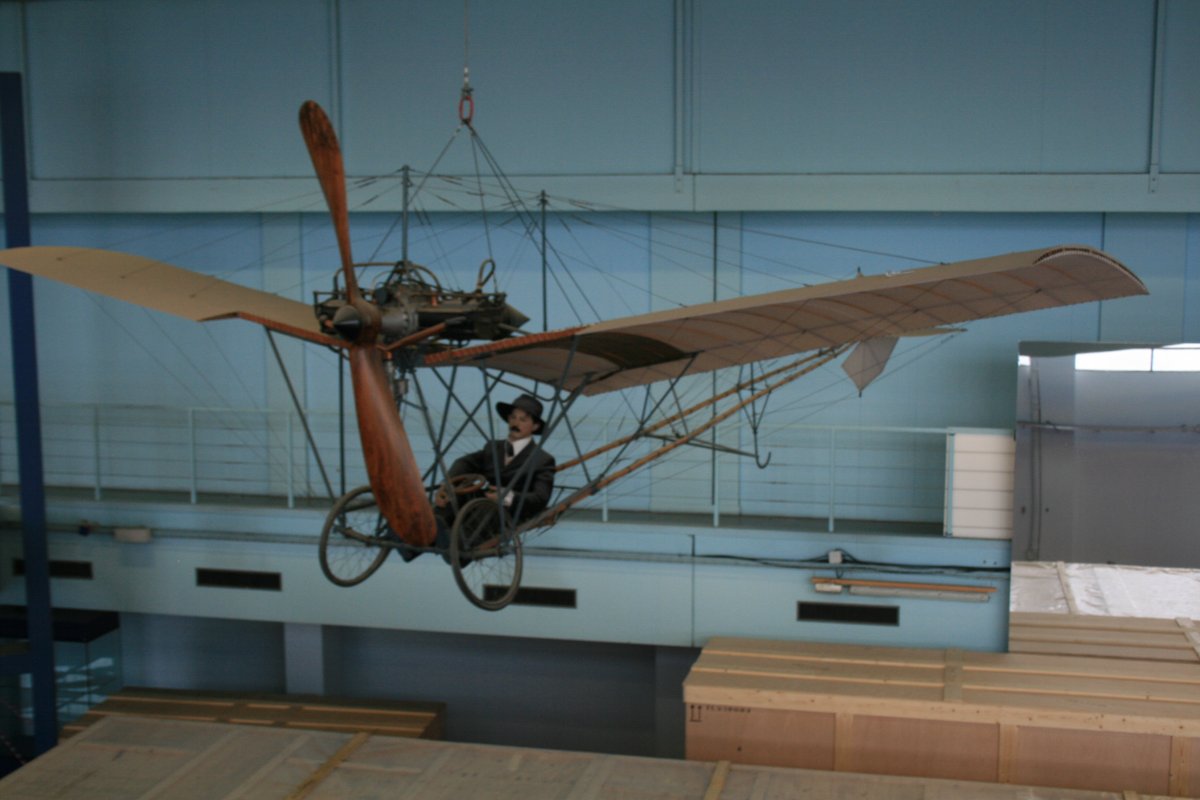
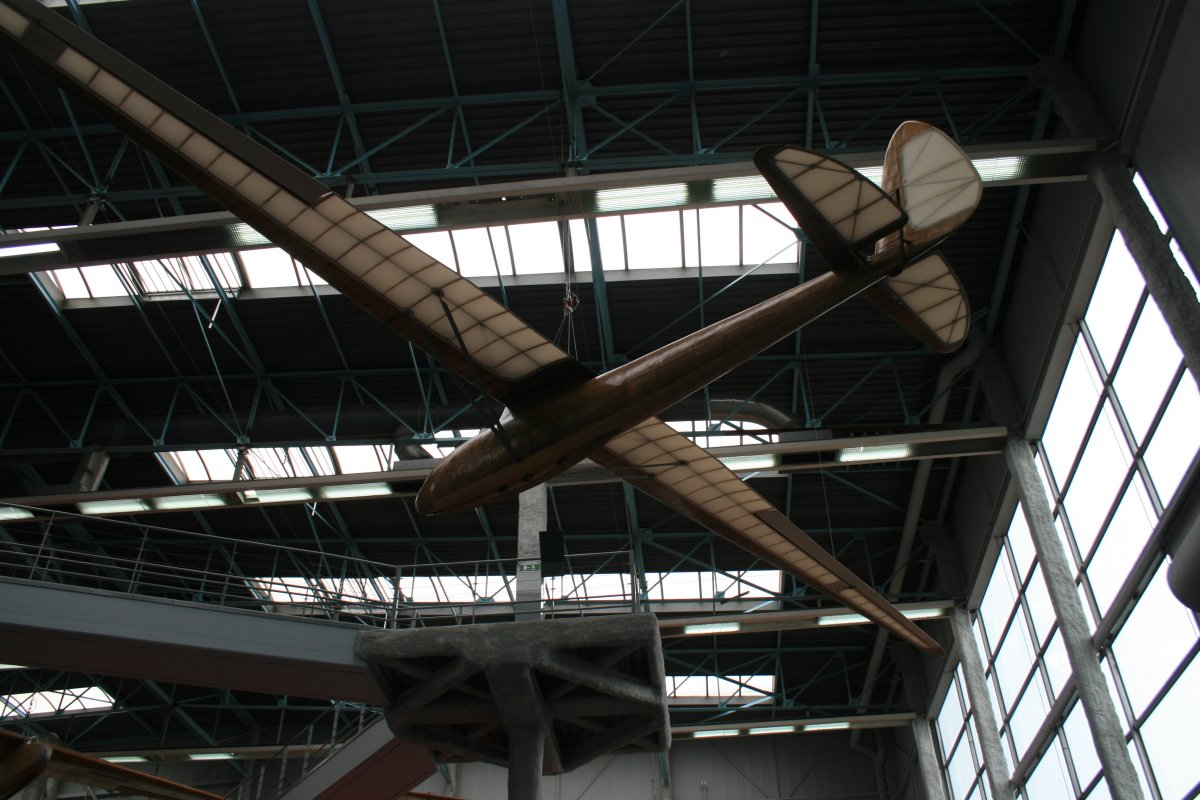
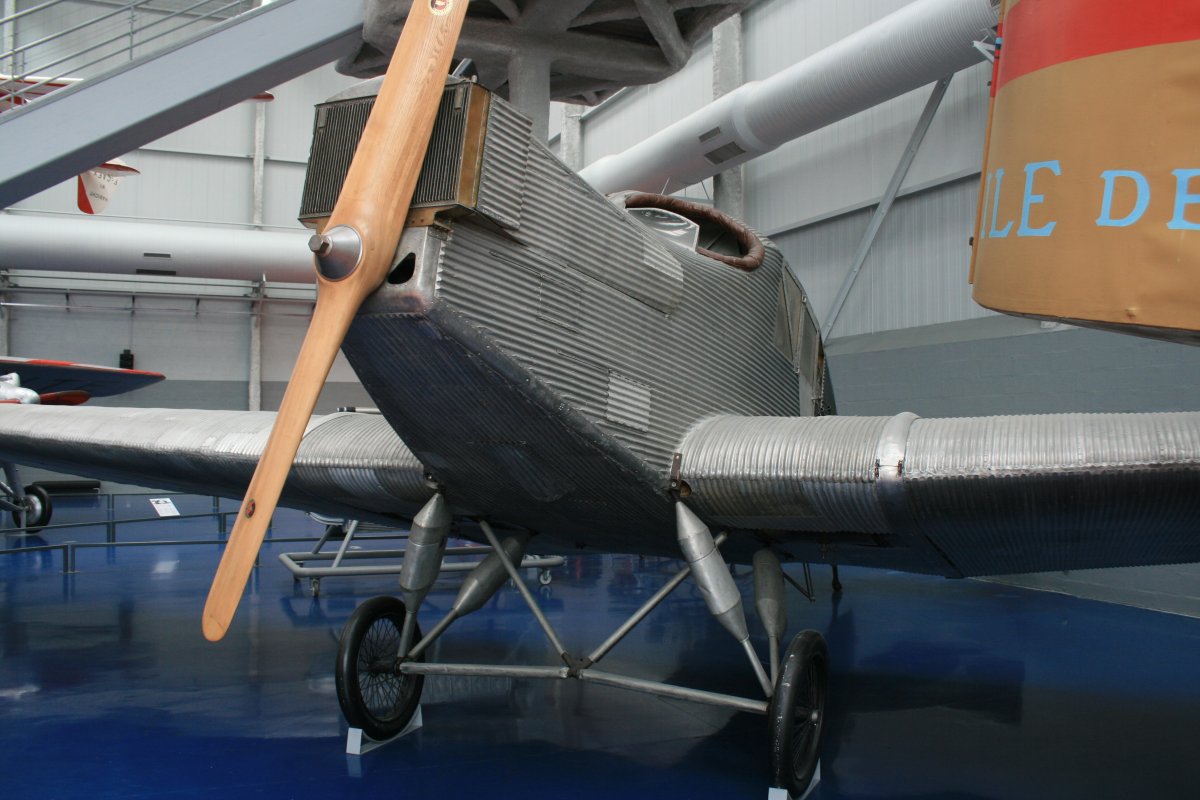
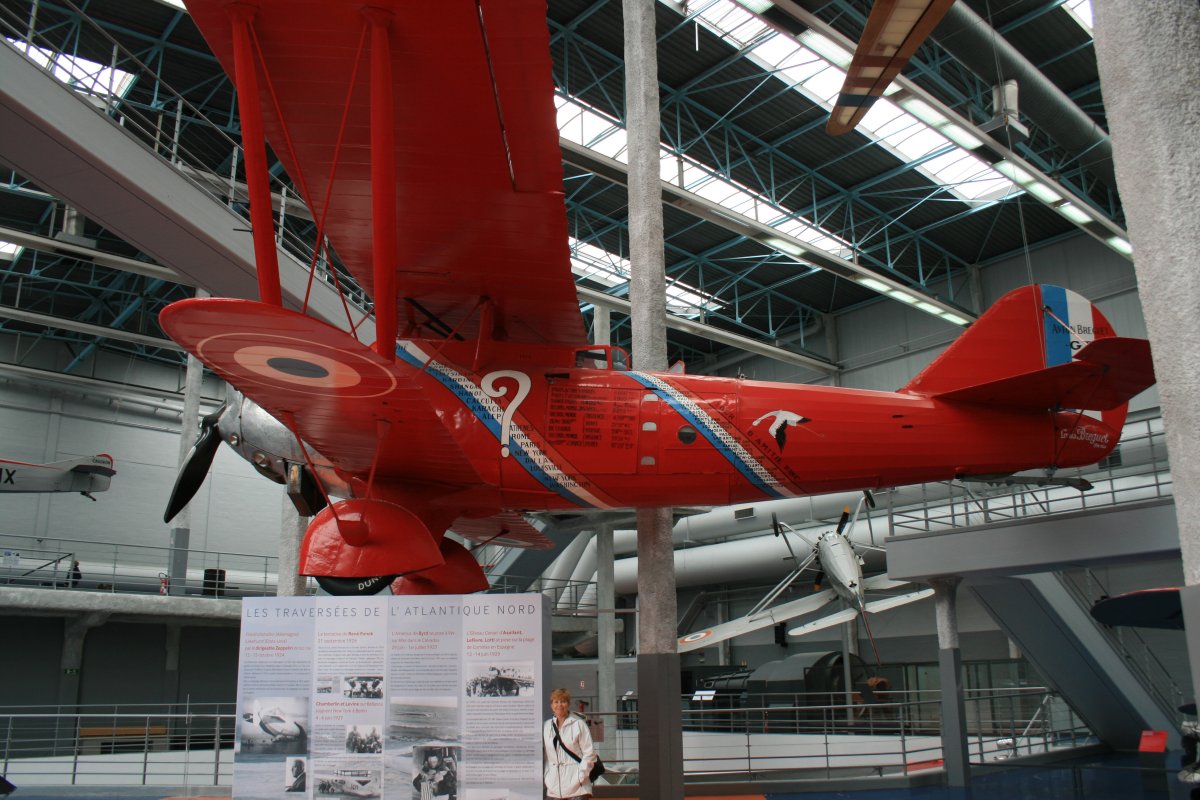
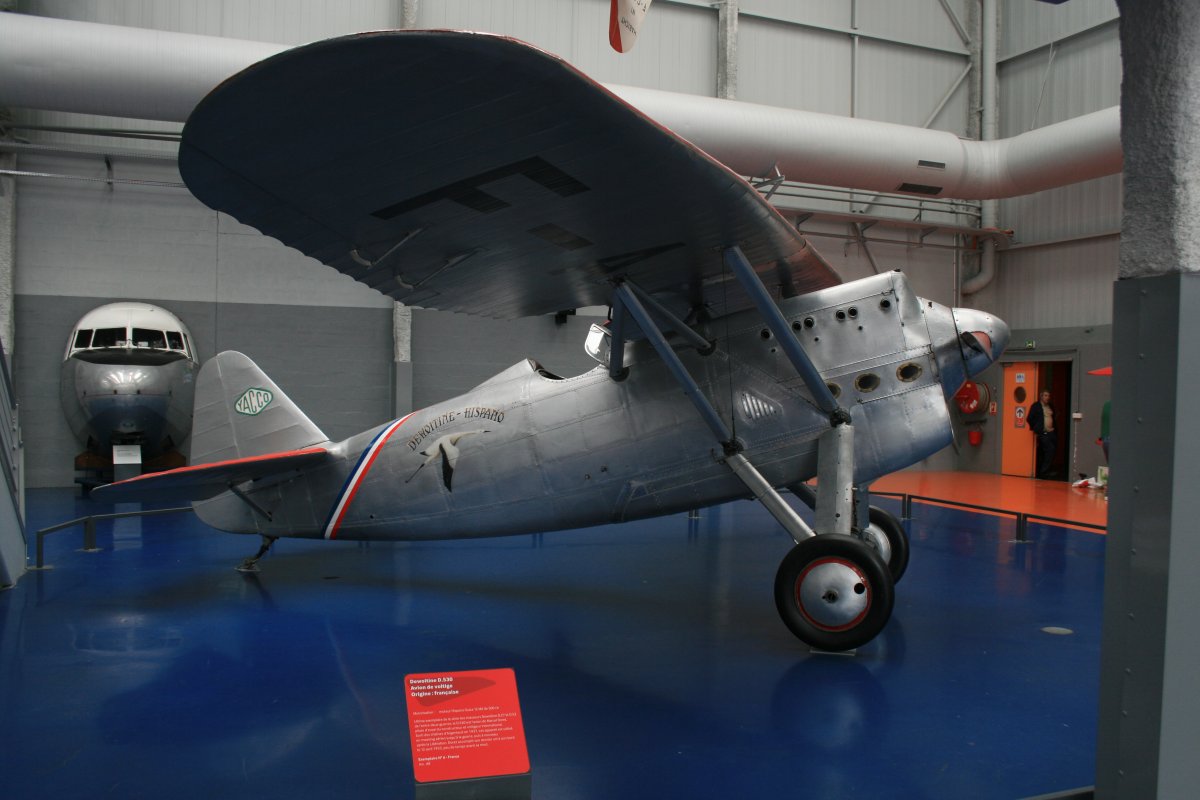
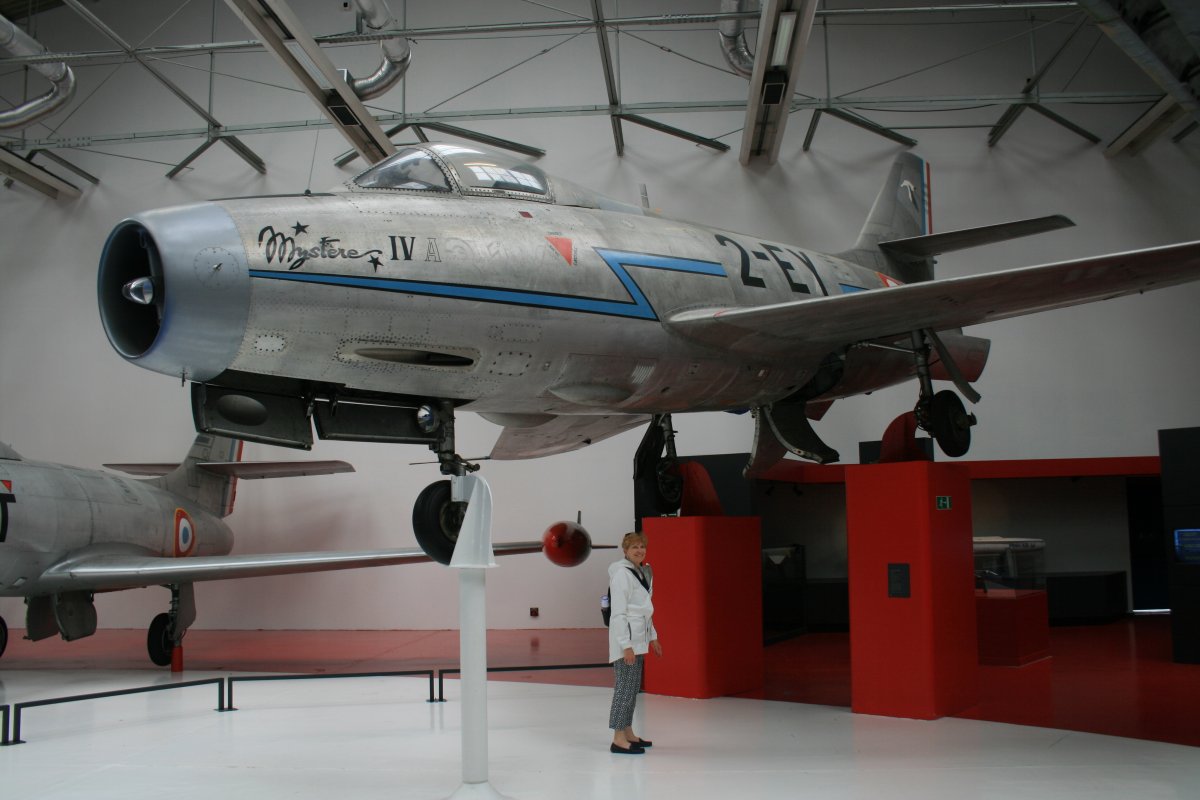
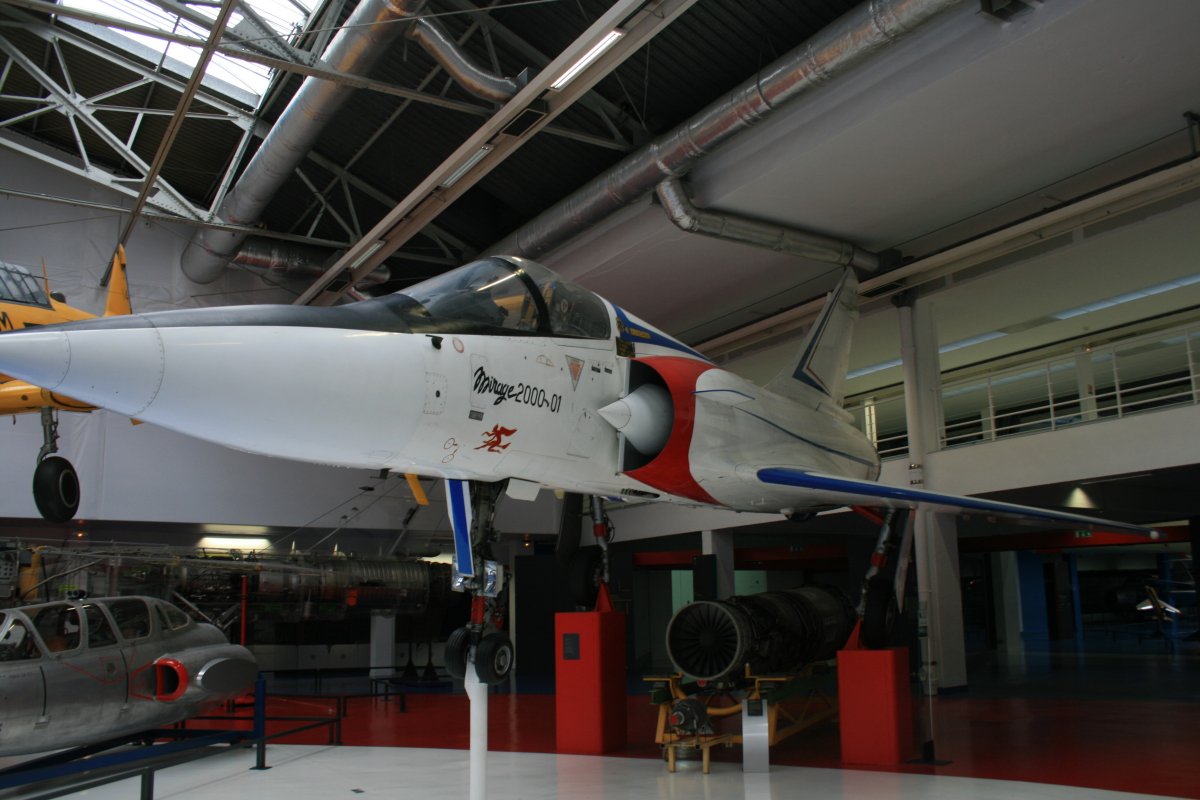

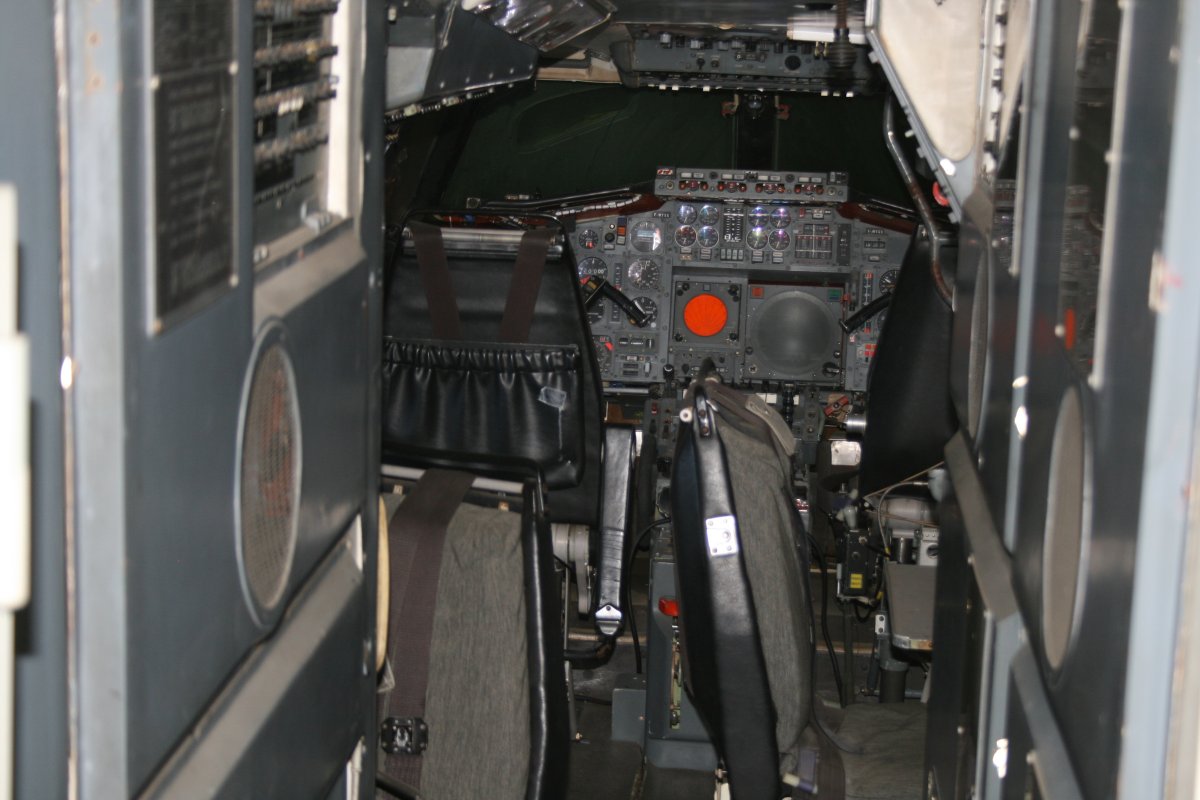
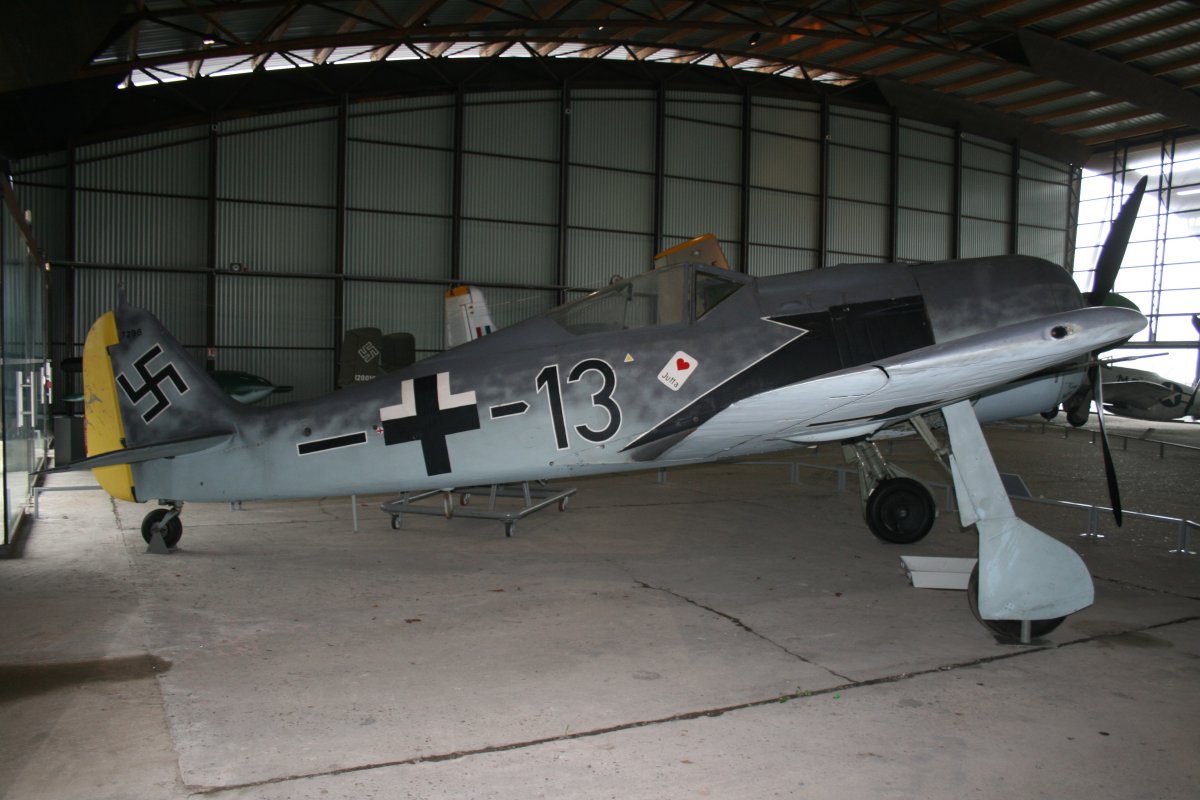
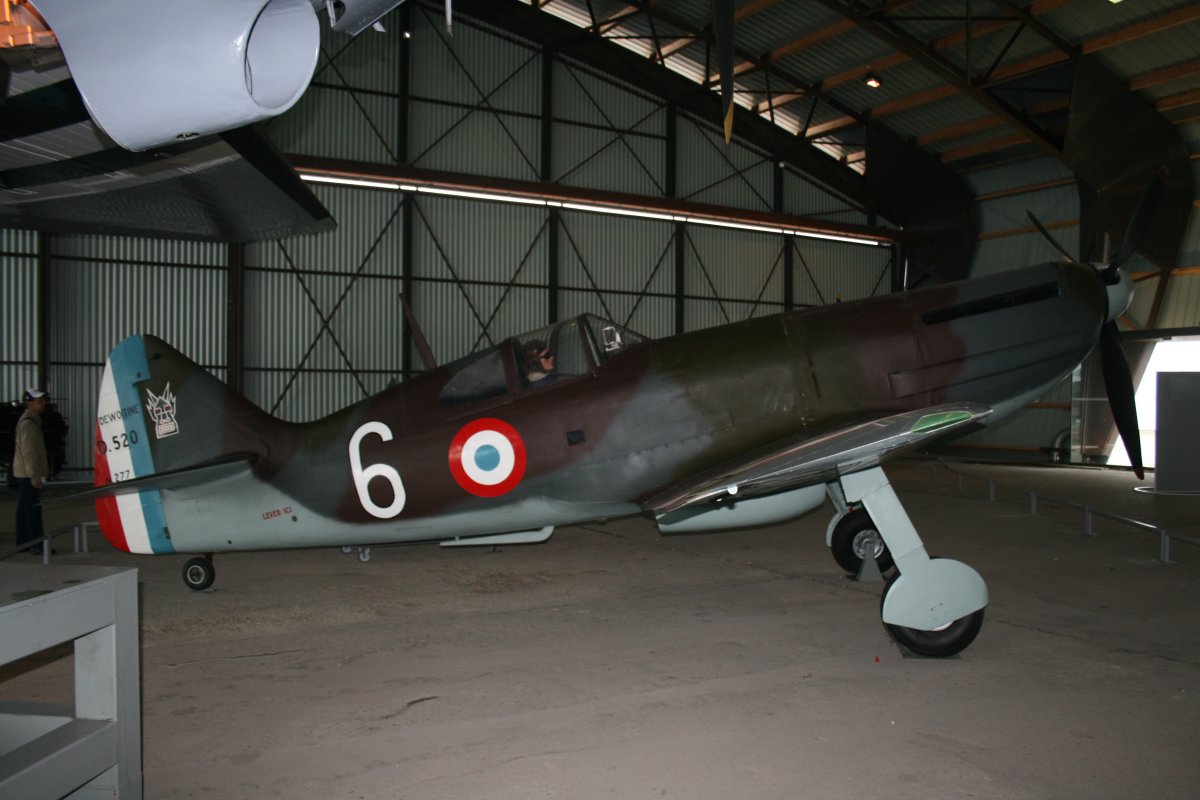
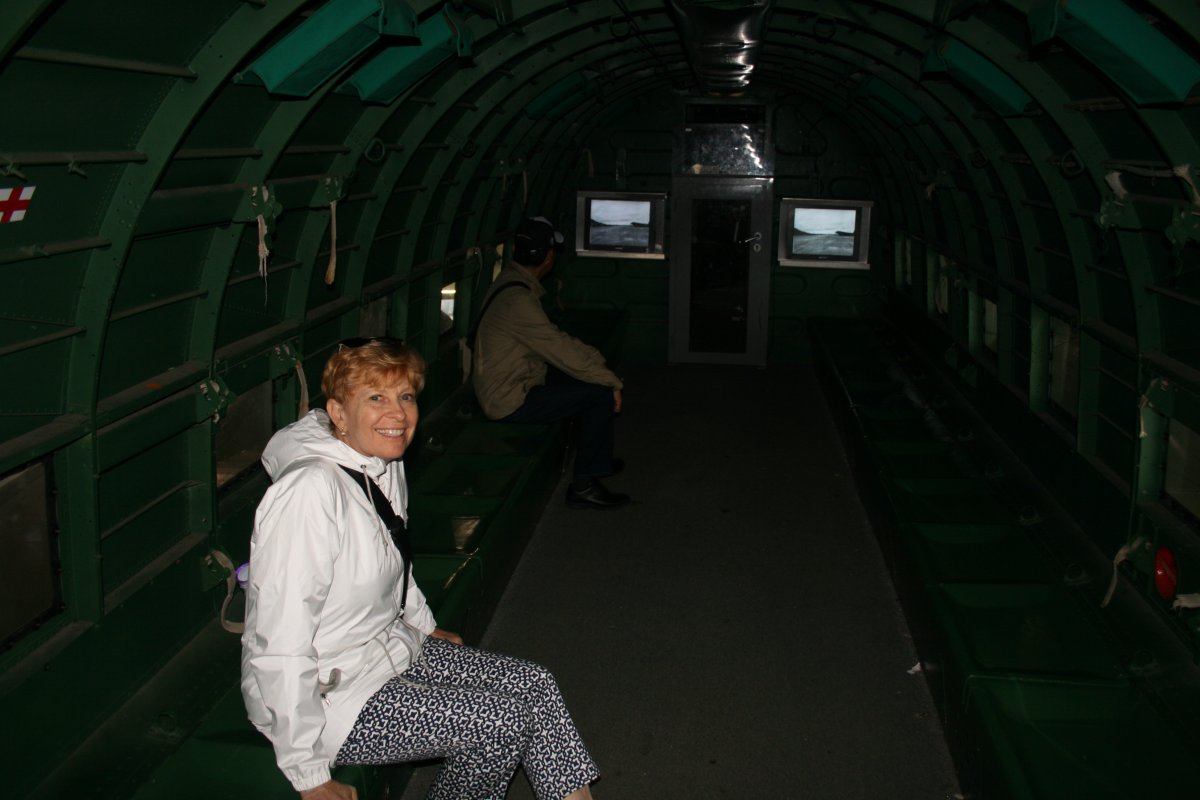
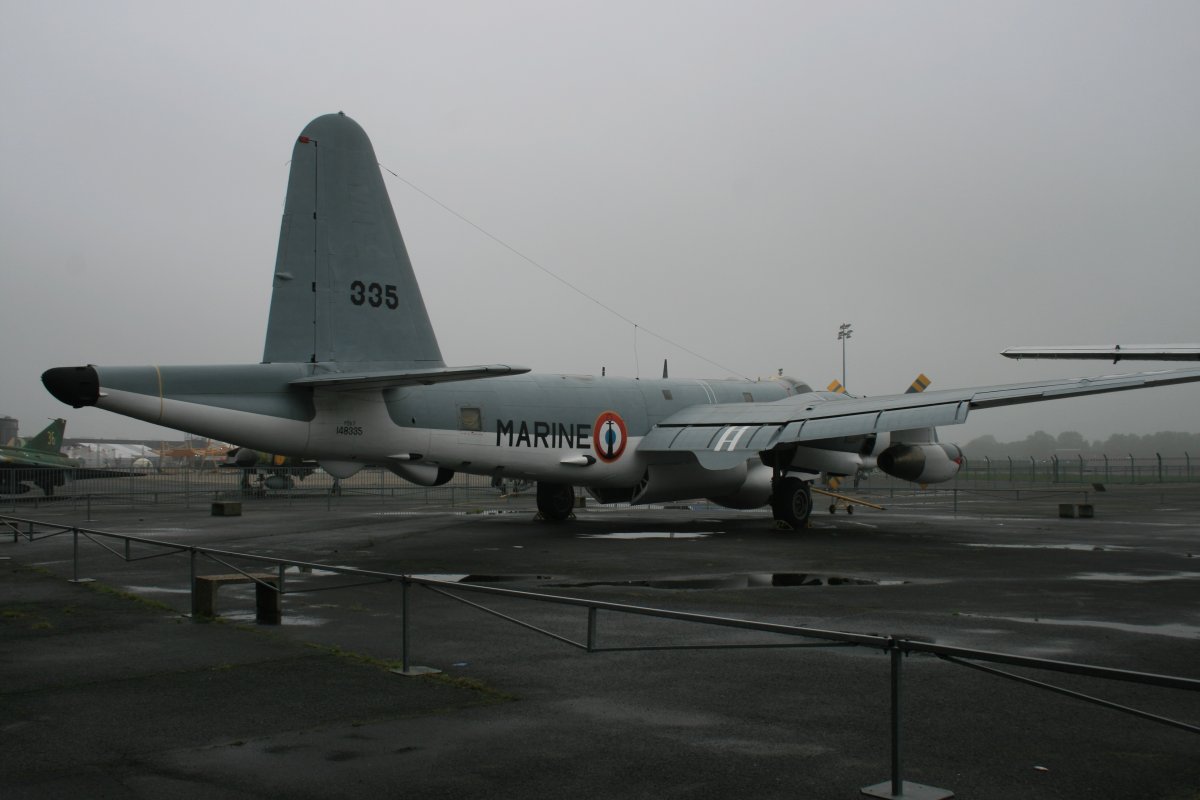
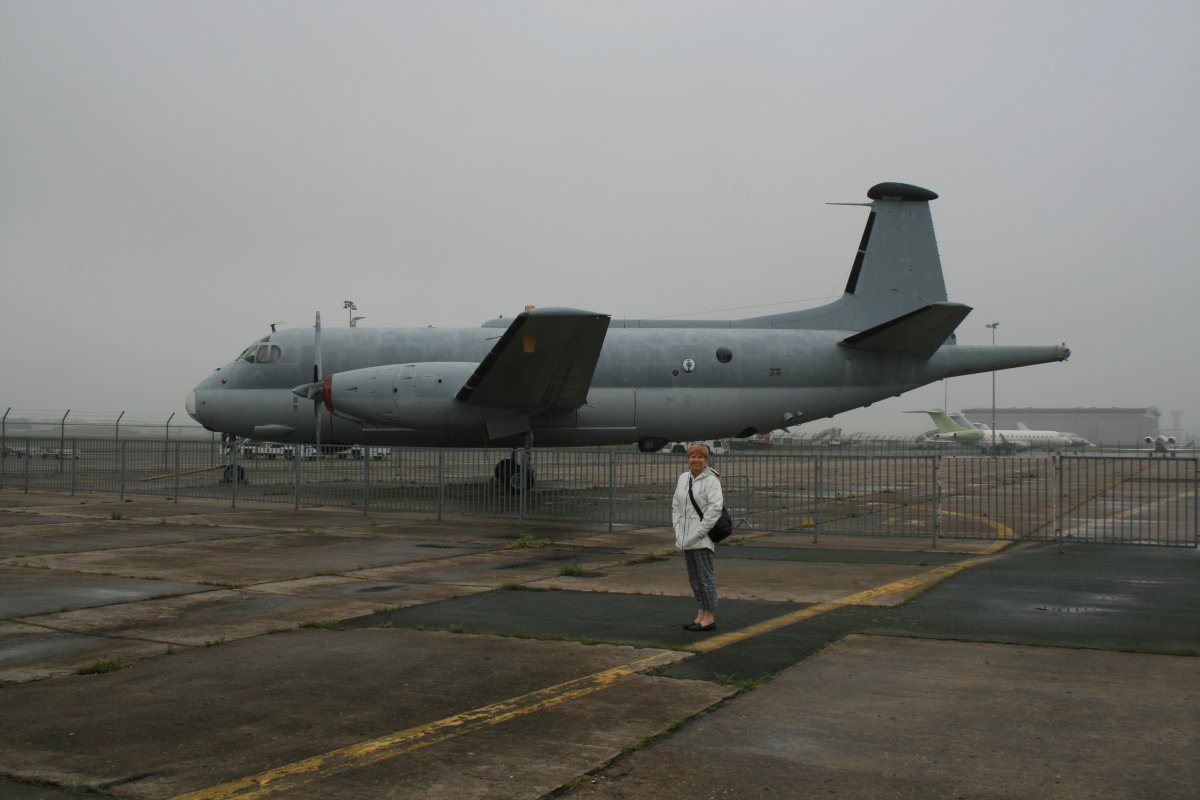
The old Le Bourget control tower and terminal is visible in the background.
All in all, the French Air and Space museum seemed in need of a major influx of funds for a new, modern facility, restoration of some of the airplanes, and more information (in both French and English) about the airplanes. If you have a few hours, it's worth seeing, but I wouldn't go out of my way to see it. Which is a shame, because the French played a major role in the development of aviation and their story should be told.
